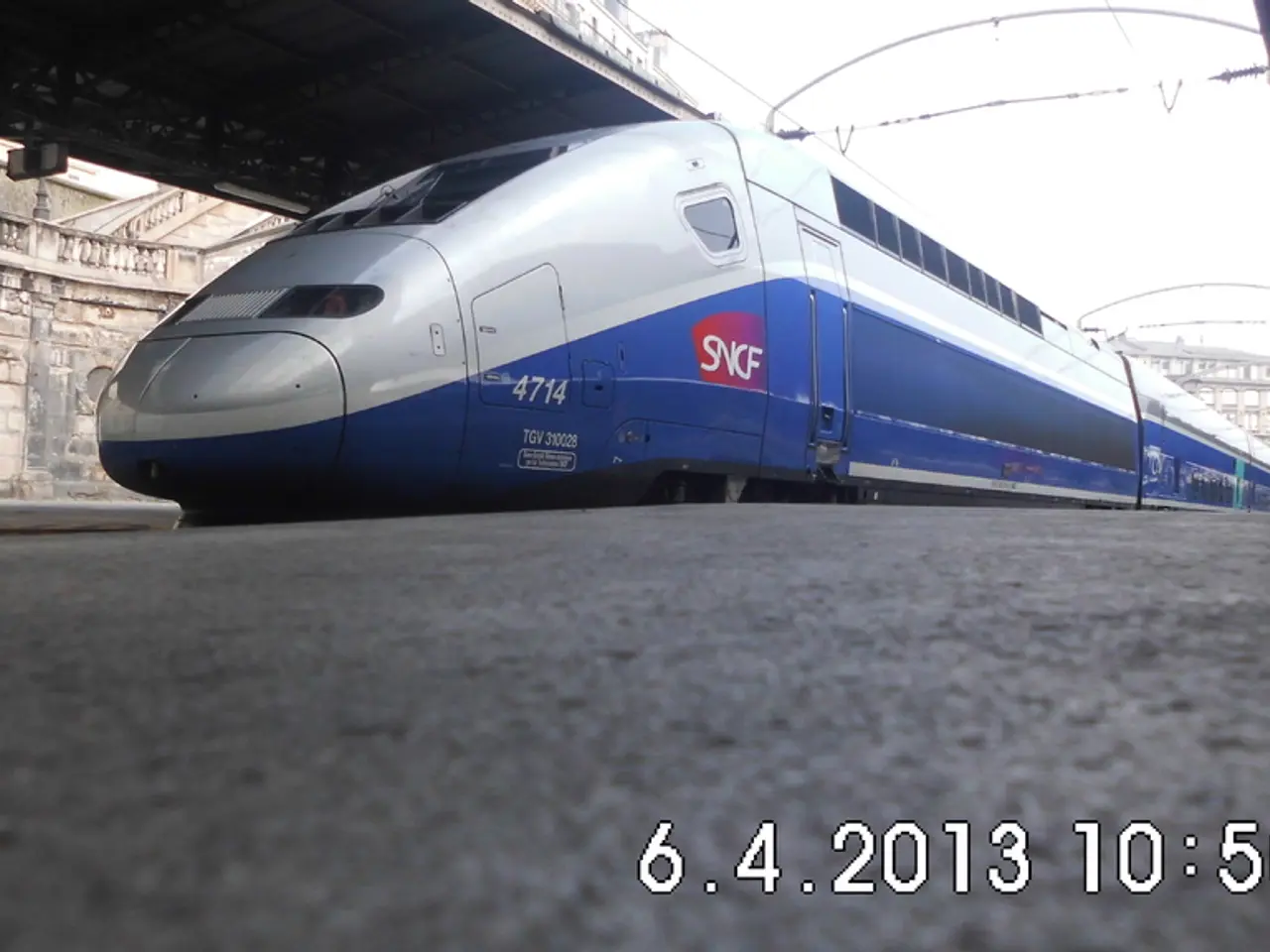How does Latvia plan to utilize fresh European Commission funding for the Rail Baltica project?
As of August 2025, the Rail Baltica mainline construction status in the Baltic states shows notable progress but also significant challenges and compromises, with each country advancing at different paces.
Estonia
The project in Estonia is on track to be completed by 2030, with the railway operational from Tallinn to the Lithuania–Poland border. However, the scope has been reduced; the entire Estonian section will be constructed as a single-track line instead of the initially planned double track. To facilitate two-way traffic and overtaking, sidings will be built at stations and operational points. Around 144 people are currently working on the project in Estonia, expected to grow to 215 by 2030. Over €400 million in funding is still needed for construction and remains unsecured.
Lithuania
Active construction is underway in Lithuania, with three major contracts worth €235 million signed to accelerate development. Rail installation is progressing well, with an 8.8 km section of track laying scheduled for completion by the end of 2025; remaining works are projected to finish in early 2027. A €38.31 million design and supervision contract was recently signed for the strategic 96 km section connecting Lithuania to Poland (Poland–Kaunas area). Lithuania prioritizes this cross-border connection as key for linking to European rail networks and enabling high-speed trains.
Latvia
In Latvia, construction at Riga Central Station is well advanced, featuring a large-scale reconstruction while keeping current train services operational. Temporary passenger platforms are in place, with new modern platforms under construction. Adjacent area infrastructure such as street reconstructions and tunnel rebuilds (Dzirnavu street tunnel) are making progress. The work includes removal and rerouting of certain trolleybus lines for construction feasibility.
Funding Sources
The Rail Baltica project is funded primarily by the European Union, national governments, and contributions from international stakeholders. However, significant funding gaps remain, particularly in Estonia where €400 million is still required for completion. Lithuania has secured large contracts indicative of strong funding flow but continued financial commitments will be essential for completion by 2030.
Embankments are being constructed, access roads are being laid, and other work is being carried out in the southern section of Rail Baltica in Latvia near Iecava. Construction work is ongoing at Riga Central Station and at the airport, with the aim of opening the southern part of Riga Central Station to passenger traffic by the summer of 2027. Inflation is rising, and the need for additional funding is being considered, with potential solutions being public-private partnership (PPP) models and funds from the EU's Military Mobility Fund. Construction has begun on the southern section of Rail Baltica in Latvia near Iecava, where an infrastructure maintenance point and temporary logistics centre are being built.
In summary, by mid-2025, Rail Baltica is progressing with tangible construction and design contracts in Lithuania and infrastructure works in Latvia; however, Estonia faces funding and scope challenges that limit the originally planned design standards. The completion target remains 2030 but with significant compromises, especially regarding track configuration in Estonia.
European Union (EU) Involvement
The European Union remains a primary funding source for the Rail Baltica project, contributing to the project's progress in all three Baltic states.
Industry and Finance Impact
The project's success could stimulate industrial growth across the Baltic regions, particularly in the transportation and infrastructure sectors, as well as the finance industry due to increased public and private investments.
Public-Private Partnerships (PPP)
Due to funding gaps, particularly in Estonia, potential solutions such as public-private partnerships (PPPs) are being considered to complement traditional financing methods and ensure project completion.
Cross-Border Connections
Lithuania emphasizes the need for a strong cross-border connection to link with European rail networks and enable high-speed trains, signaling the project's potential to transform European transportation infrastructure.




